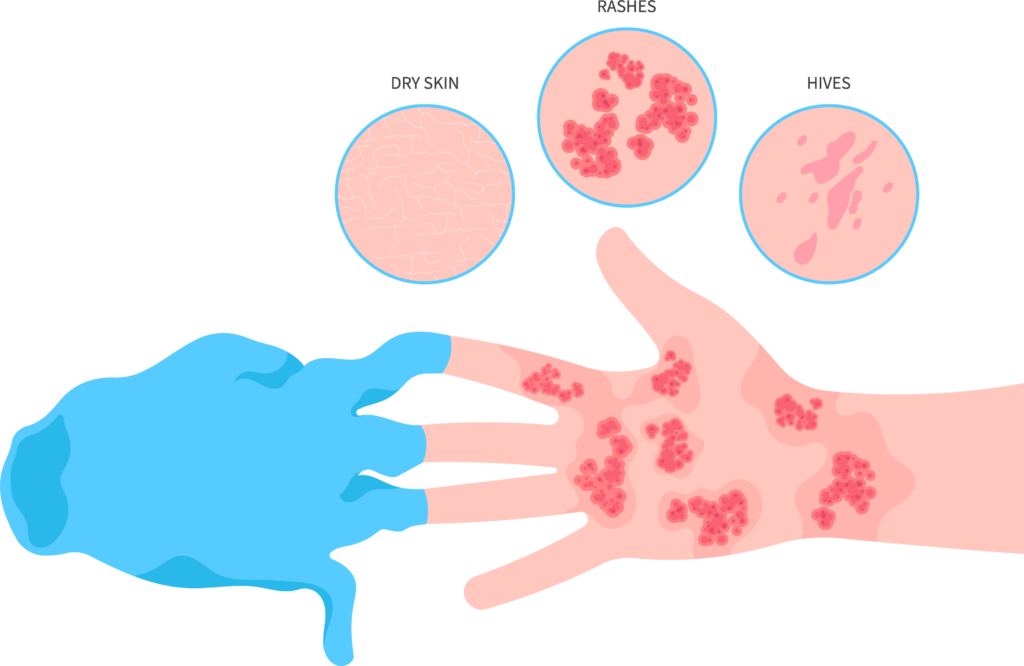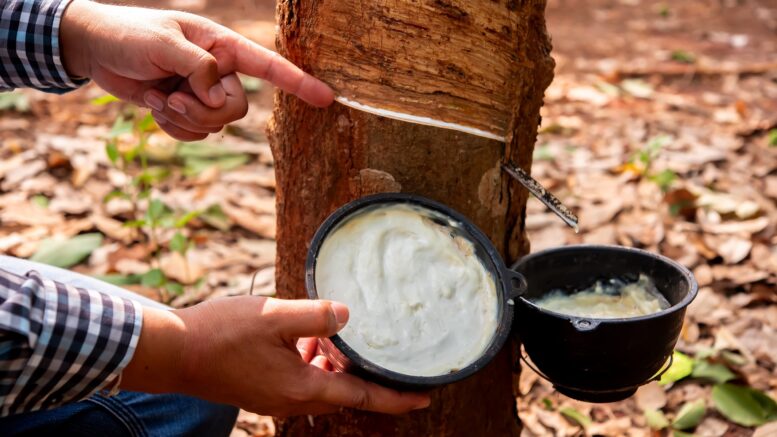Man-made fibers were invented in the 1930s to overcome the limitations of natural fibers, offering cost-efficiency that swiftly replaced more expensive natural fabrics. Over the subsequent decades, synthetic fibers gained popularity due to their versatility and comfort. Leading the list were spandex and latex, particularly used in stretchable clothing items. As some individuals developed allergic reactions to latex, they sought alternatives, and spandex emerged as a viable option.
Does Spandex Contain Latex? Addressing Allergies
Spandex is a 100% synthetic material made of polyurethane, a plastic polymer with diverse applications, from carpet underlays to clothing. It is commonly found in performance wear, yoga attire, sportswear, socks, stockings, and swimsuits. In contrast, natural latex is derived from the sap of rubber trees. While most latex fabrics are synthetic, made from artificial rubber through petroleum polymerization, latex is known for its durability and tear resistance. Many wonder if spandex contains latex due to allergies. Fortunately, it is generally safe for those allergic, but it’s essential to note that spandex can also cause allergies in individuals with sensitive skin.
Spandex, Elastane, and Lycra: Synonyms in Comfort
Spandex, also known as elastane and lycra, was invented in the 1950s to replace rubber fibers. It is widely used in undergarments, activewear, and clothing worn for extended periods due to its soft feel. Lycra, a brand name for spandex material developed by DuPont, is often used interchangeably. To maintain flexibility and lightweight qualities, spandex should contain at least 85% polyurethane. It may also include other materials like nylon for enhanced comfort properties.
Latex’s Durability and Strength
Latex, known for its durability and strength, gained popularity in the 1800s when rubber tree sap was used to create flexible items. Used in condoms, rain boots, gloves, and tight-fitting, water-resistant clothing, latex provides a snug fit.
Allergies: Latex vs. Spandex
Both can cause allergies, with latex allergy being more common due to frequent exposure. Latex allergy symptoms range from mild to severe and can worsen with continuous exposure. Spandex allergy, caused by chemicals like TDI and MDI, may result in skin rashes and itchiness.
Can You Use Spandex If Allergic to Latex?
Spandex, being a non-latex product, is suitable for individuals allergic to latex. While the two materials may be confused, they have distinct features. Spandex is affordable and comfortable, making it a popular choice for affordable clothing. However, it’s crucial to understand the differences, such as latex being waterproof.

Cleaning Tips for Latex and Spandex
Latex requires specific care, including handwashing with a latex-safe detergent and avoiding the washing machine. Spandex, on the other hand, can be cleaned using cold water and a mild detergent, either by hand or in the delicate cycle of a washing machine.
Wrapping Up: Spandex and Latex Differences
In conclusion, spandex is a latex-free option, making it suitable for those with allergies. While both materials offer stretchiness, latex is waterproof and tighter-fitting. It’s worth noting that some manufacturers prioritize using non-allergenic chemicals in spandex production for added comfort.

